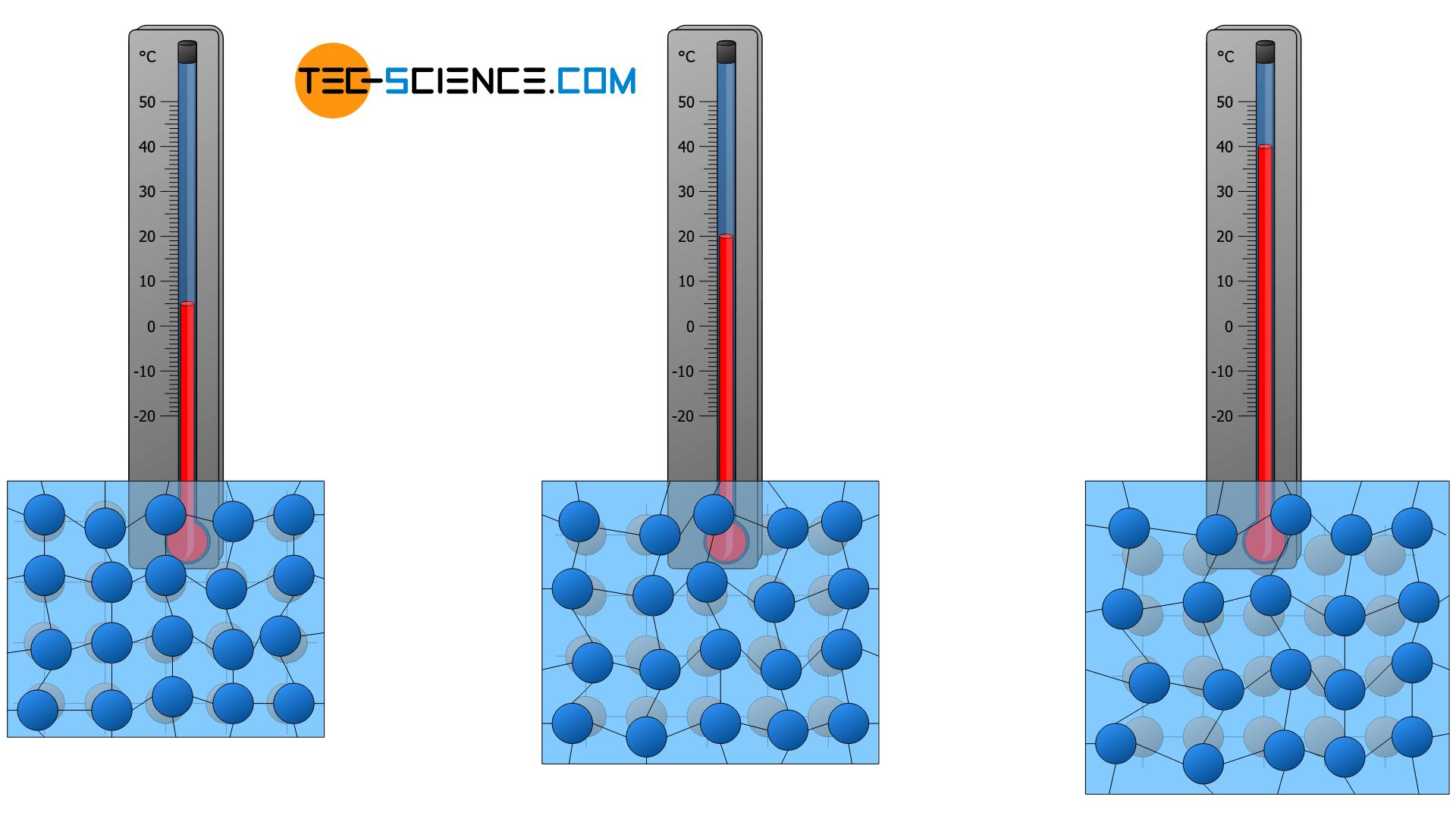Describe the Movement of the Particles in the Air.
A student shakes a tube containing small balls to model the movement of particles in a gas. Describe the movement of particles in a solid and the forces between them.
How Are Particles Arranged In The Three States Of Matter Quora
Which statement best describes the motion of air particles in a sound wave.

. Phosphorus with air 211 describe the combustion of elements in oxygen including magnesium hydrogen and sulfur. The particles lose kinetic energy to a point where the forces of attraction are able to hold the particles together tightly. They move at right angles to the wave.
Air molecules do indeed jiggle around randomly all the time. They move with a range of different speeds. They can be compressed or squashed.
They move all around the wave. Which of the following statements does NOT correctly describe air movement along the respiratory tract. Curriculum-key-fact The pressure in the atmosphere.
All matter is composed of tiny particles atoms molecules and ions 2. The volume of the balloon increases as the. A sound wave traveling through air is more or less a macroscopic thing--in order to describe it in the terms you do a wave on a string which by the way is a transverse wave unlike sound waves in air you have to look on a large enough scale that those random molecular.
1 Which TWO sentences describe the movement of the air particles in the canister. The temperature of the air inside the canister increases. The particles are far apart and have space to move into.
Up to 24 cash back Some evidence for the movement of particles in gases is when the perfume gas molecules diffuse into the air when you put it on because the particles from the perfum diffuses with the gas particles around you and it spreads all over your room. The amount of energy that the particles lose from these collisions is negligible. The movement of particles is very slow and they have very high attractions with each other.
Which two sentences describe the movement of the air particles in the canister. The particles gain kinetic energy to a point where they vibrate faster. They move in random directions.
Food and air both enter the pharynx presenting a potential danger to respiration. C Particulates are tiny solid particles in the air. Curriculum-key-fact The pressure in the atmosphere.
Indoor air particles come from cooking mold pets and humans. This allows the particles to overcome the forces of attraction in a solid which means the regular pattern is broken down and the particles can slide over each other. 2 marks 2 and 4.
The movement of these particles is shown by the arrows in the diagram. But she will have noticed other particles. The motion of all the particles is predictable.
They move in circular paths. What happens to the movement of the air particles. They come from soil pollen forest fires cars trucks and other vehicles.
Smoke particle in air when strongly illuminated were observed to describe continuous random haphazard movementsExplain what would be observed when the air temperature is decreased. They vibrate about a fixed position. Gas particles move in a straight-line motion.
Cilia and hairs in the nose help to screen out foreign particles in the air. Learn vocabulary terms and more with flashcards games and other study tools. Sound waves traveling through air are a type of wave known as a longitudinal wave.
She will have noticed more particles on the outdoor card. 210 understand how to determine the percentage by volume of oxygen in air using experiments involving the reactions of metals eg. The water particles move from the puddle into the air.
They move in the same direction as the wave. Smoke particle in air when strongly illuminated were observed to describe continuous random haphazard movements. The particles collide with each other and with the walls of any container in which they are held.
2 marks Tick TWO boxes. Start studying describe the movement of particles in solids liquids gases and plasma states. It could be dangerous if the temperature of the air inside the canister increased by a large amount.
State the name given to this random motion of particles. For longitudinal waves compare the direction that the particles move to the direction that the wave moves. The snow is a solid the melted snow is a liquid and the air above the snow and ice contains water vapor a gas.
The particles move back and forth in the direction of the wave movement Parallel to the wave motion. That is a microscopic phenomenon. They move in the direction opposite to that of the wave.
A person standing in a room full of air is constantly being hit by the particles of the gases that make up the air. Another evidence for the movement of particles in liquids is when you. Iron and non-metals eg.
The movement of its particles increases bonds between particles break when a substance melts or evaporates or sublimes to form a gas from a solid When a. The particles can move quickly in all directions. These particles are in constant random motion 3.
Explain that air has fine particles which cannot be seen without a powerful microscope. Air reaching the lungs has been warmed to body temperature by passage. Which makes you able to SMELL it.
A person standing in a room full of air is constantly being hit by the particles of the gases that make up the air. Describe how the student could determine the volume of stone A by putting it into water. If the temperature of the air in the balloon increases the molecules move faster and have more collisions.


0 Response to "Describe the Movement of the Particles in the Air."
Post a Comment